What does it really cost to convert to organic farming? It is sometimes said that “certification is expensive so the producer X works organically but does not certify”. That’s not correct. The certification is a marginal cost. But what about the rest? A French report from consulting firm CerFrance Gard tries to work it out. According to the report, certification and extra working hours are expected to be 800-1000 euro per hectare. An average of 30 hours per hectare per year is required for the work in the vineyard.
To this, you have to add investments in, for example, tractors for ploughing. Producers don’t save money on pesticides (although some say they do) because they need to be bought anyway, just other types. They may, however, experience reduced yields but this is not always the case. It depends on a number of things, the weather not least.
It is not so easy for most producers to raise the price of their wines, the report says. In any case, not directly and not during the three years that they are converting. Which means that it can be costly if you are unlucky with the weather and the harvest yield is less than before. Even if you take into account the subsidies you receive during the conversion period, which is 350 euros per hectare and year.
But this type of calculation is much more complicated than the report shows. The statistics (bulk) clearly show that organic wines get higher prices, so it can compensate for any higher costs. Equally, many would consider that the quality is increased, which further contributes to a better situation. In some cases, the harvest can also be positively affected. So it is far from a simple equation.
Besides, most people do not become organic because it is cheaper, do they?
Read more: vitisphere
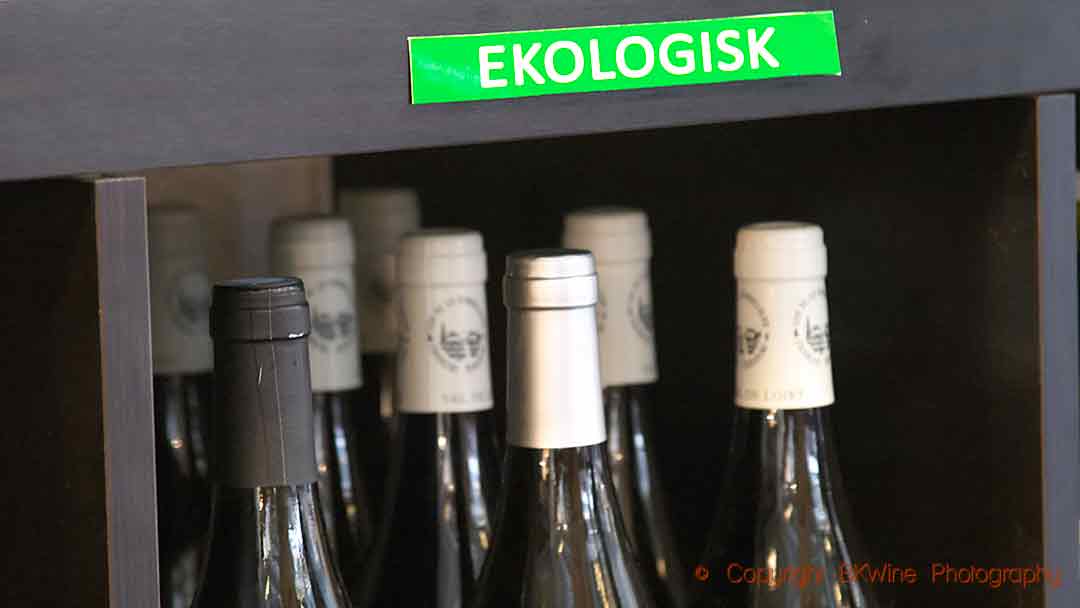
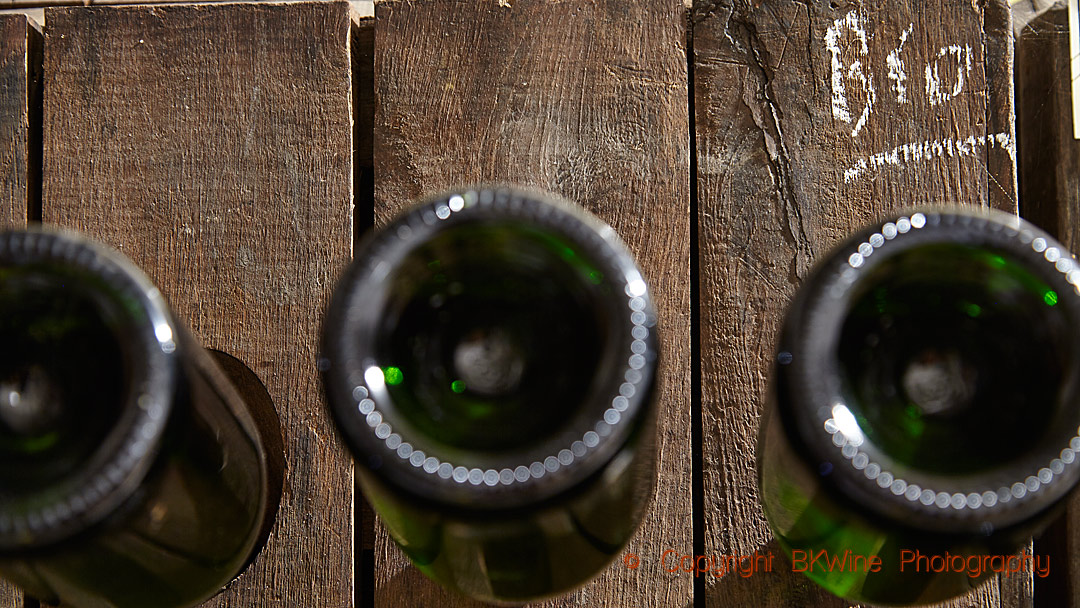
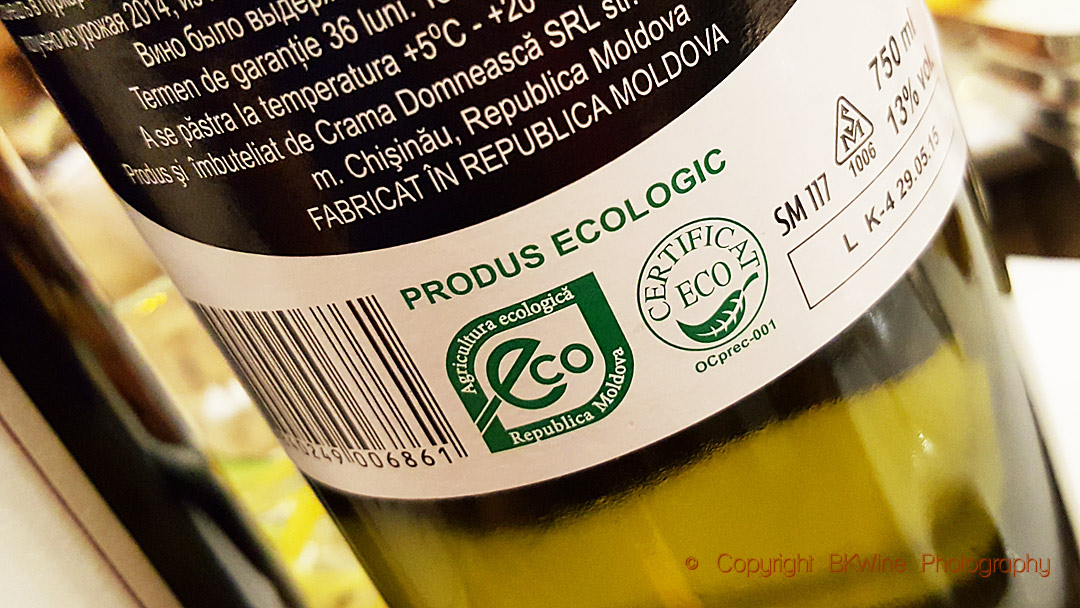



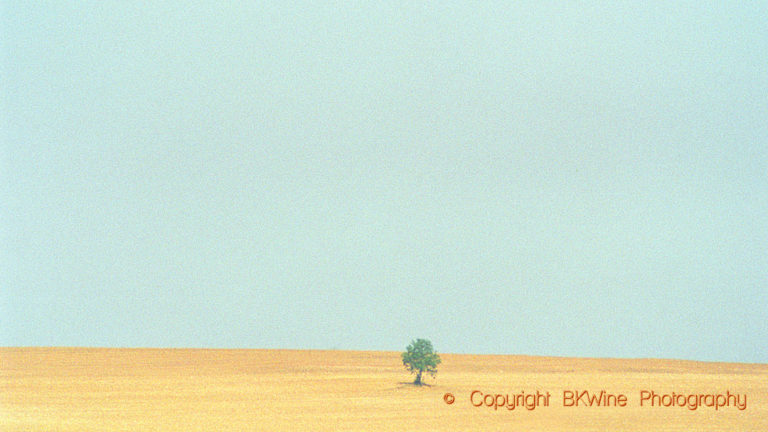
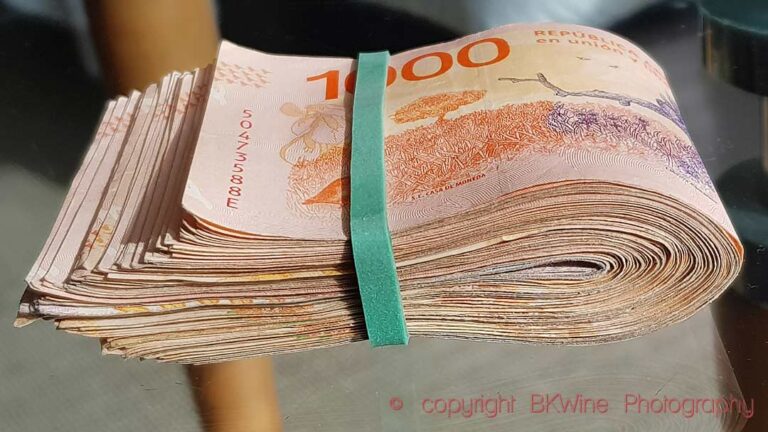
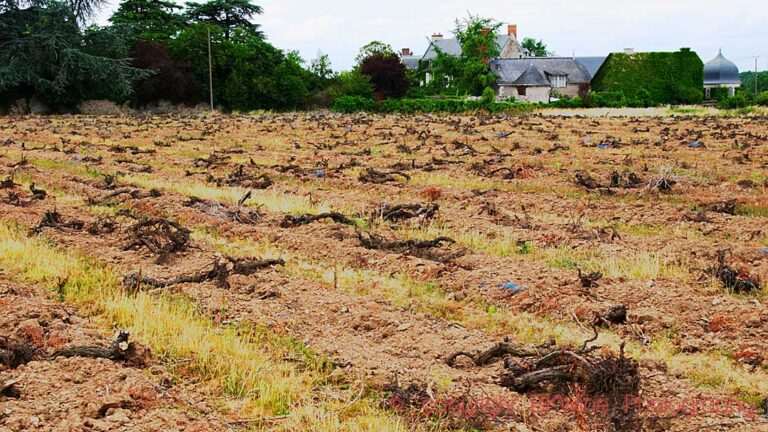




6 Responses
Can you please include a link to the report?
Try searching on:
CerFrance Gard cout bio Anne-Claire Durel
Or something similar.
Ok, I found it.
For the most part, people do go organic because they don’t want to poison themselves or their families.
Conversion, of course, is also not the main event.
For many, extending the lifespan of the vineyard is cost justification enough. While conventional vineyards in U.S. often last only 20 years, organic growers are adamant that they will get 30-40 years. The cost of replanting on a more frequent basis more than outweighs the conversion period. Also many people do their conversion in stages. So production levels are phased in during conversion. Of course, starting off organic makes it all that much easier.
In addition, organic growers do not use the large amount of petroleum-derived pesticides (including Roundup) that conventional growers do.
The report seems kind of lightweight and it’s unclear there the data is coming from.
THE REPORT CAN BE FOUND HERE:
https://www.cerfrance.fr/upload/actualite/5de631ca376e0_Coûts%20économiques%20production%20de%20raisins%20en%20AB%20-%20Cerfrance%20Région%20Occitanie%20-%20Conférences%20-%20SITEVI%202019.pdf
One can use Google translate to read it.
This is a much better study in comparison
U.C. cost study:
: https://coststudyfiles.ucdavis.edu/uploads/cs_public/62/3a/623a8e4d-ba4c-4c7b-9f13-389e17fd1928/16winegrapebiodynamicmendocinofinaldraft61416-1.pdf
Pam,
I don’t think that’s the actual report but rather a summary of a presentation that the author did at a conference I believe. Perhaps you can contact her and ask for the full report.
Thanks for that other link. Will be interesting to take a closer look at.
The life-span argument is an interesting one. It’s not much mentioned in this debate at all. The 20 year life of vines that you mention is almost unheard of in Europe though, even for conventional vineyard. It is usually much longer. That will be an interesting question to ask some winemakers.
Winemakers here are pretty unanimous on this topic–i.e. vineyard longevity. Chemicals wear out the vines.
U.C.uses a 25 year lifespan in this conventional wine grape growing cost study in California.
https://coststudyfiles.ucdavis.edu/uploads/cs_public/df/68/df68d252-a08d-49d1-8eb6-965637c0b615/wine-grape-sn-2015.pdf
Jordan Winery estimates 20-25 year lifespan.
https://blog.jordanwinery.com/a-fresh-start-why-jordan-winery-is-replanting-all-vineyards/
Another example
https://napavalleyregister.com/news/local/tired-vineyards-being-replanted/article_f4c73dbe-44c0-11e1-a6f8-001871e3ce6c.html
I don’t think winemakers in Europe would agree on that. Not at all.
Possibly one factor that could influence it is vineyard planting density. It seems to me that in the US planting density is much lower that in most places in Europe (at least if we talk about quality wine. The pictures on your page is also a good illustration of that. Lower planting density (as in the US) will lead to higher yields per vine. Maybe that makes the vines tire more quickly in the US?